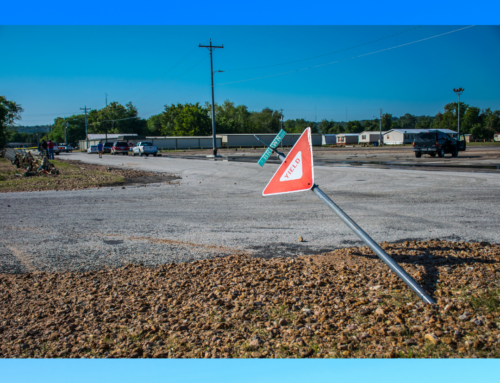You can make a “D” list of all the factors that disrupt lives and may shake community stability and cause an individual, family, or group to end up in poverty relatively quickly. Divorce, disaster, domestic violence, depression, drugs—the list goes on. Let’s look at a “D” word that has caused widespread poverty throughout the world: discrimination. Do past discriminatory practices still affect the U.S. today? At times past discrimination leads to yet another “D” word: dilemma.
There is a neighborhood in Pueblo, Colorado called Peppersauce Bottoms. It is one of the few places where Mexican-Americans had access to purchase a house in Pueblo before 1950. There is no soil erosion plan in this neighborhood even though it is within city limits. Peppersauce Bottoms floods, and the destruction and devastation to the homes is critical—more “D” words.
In La Junta, Colorado I met Teresa, a woman who lives in Peppersauce Bottoms. Even though we are from different backgrounds, Teresa honored me as she hugged me goodbye, calling me “sister.” She told me about Peppersauce Bottoms and how the creosote from a nearby plant that treats railroad ties flooded into the neighborhood in the November 2007 flood. Creosote is toxic, and it remained in the soil after the flood. Teresa told me that prior to the last flood, the residents of Peppersauce Bottoms wrote a neighborhood block grant and were awarded $99,000 for the development of a water drainage system in the neighborhood.
But the money was never used for that purpose. Apparently it didn’t rain again that year, and archival news articles state that the city spent the money on other projects. This decision created controversy in Pueblo, which was picked up by The Denver Post. One Pueblo councilperson (elected following the decision to re-route the block grant funds) decries this action, claiming the grant monies should never have been spent on other projects. One article highlights the devastation following the last flood and asks city churches to donate time and money so that people in Peppersauce Bottoms can make their homes livable again.
I met another woman in La Junta, a 70-year-old Mexican-American woman who told me that her father immigrated to the United States in 1910. She said that she went to the public schools, and she and the other Mexican-American children had to stand in the aisles on the bus while the “Anglos” sat in the seats. She fought to achieve, to break the stereotype that women in her culture and her time should not access higher education. Both women told me their stories of fighting the systems that kept them away from places where others had freedom to go. Places such as college, and places such as a neighborhood that has a sewer system to drain water so that the houses are not devastated by flooding.
Peppersauce Bottoms is a perfect example of the dilemma that faces us following decades of overt discrimination prior to the 1960s. This is the intersection of oppression and poverty. Why settle in this place that floods? Remember, it was one of the few places where the grandparents had access. Because of poverty and discrimination, the grandparents were only able to build houses in Peppersauce Bottoms, where homes don’t appreciate like they do in other parts of the city.
Yet Peppersauce Bottoms is loved by its residents. Many people still own homes that have been in the family since their grandparents built them. Everyone knows everyone, and extended families live in the same neighborhood where they grew up. For the people who live there, it is a matter of cultural identity and family.
The city of Pueblo argues that it would have to invest $4 million to build the drainage infrastructure needed in Peppersauce Bottoms—a place where the homes are valued at a total of $1 million. Additionally, there are only about 100 people living there. The drainage system constitutes a major investment to serve just 100 people. Hence, the dilemma: The numbers don’t add up.
If the residents did agree to leave, at what price could they expect to sell their homes? Who is going to buy a house in this place that floods? Furthermore, should the residents agree to leave, what would become of the culture and history that lives in Peppersauce Bottoms? Residents love their neighborhood and claim that the value of this place goes beyond money. People here love their homes and each other. It is a place worth saving because at one time it was one of the few places open to Mexican-Americans. It should not be discarded.
That is the dilemma of historical discrimination. The oppression of the past bubbles to the surface with every hard rain.
-Terie Dreussi-Smith
Terie Dreussi-Smith, M.A.Ed.has served as Supervisor of Prevention Services at a community alcohol/other drug treatment and prevention organization for over nine years, and was instrumental in the organization’s redesign of programs and services for prevention and early intervention clients from generational poverty. She also co-authored Bridges Out of Poverty; Strategies for Professionals and Communities. She is a former public school teacher with years of experience. Terie served as adjunct faculty for several colleges focused on empowering adult students transitioning out poverty. In her recent consultant work as a grant writer and social program manager for youth-based service agencies, community coalitions and schools, Terie assisted communities to embed Bridges Out of Poverty concepts in redesigning policies and services for families and youth in generational poverty. .








